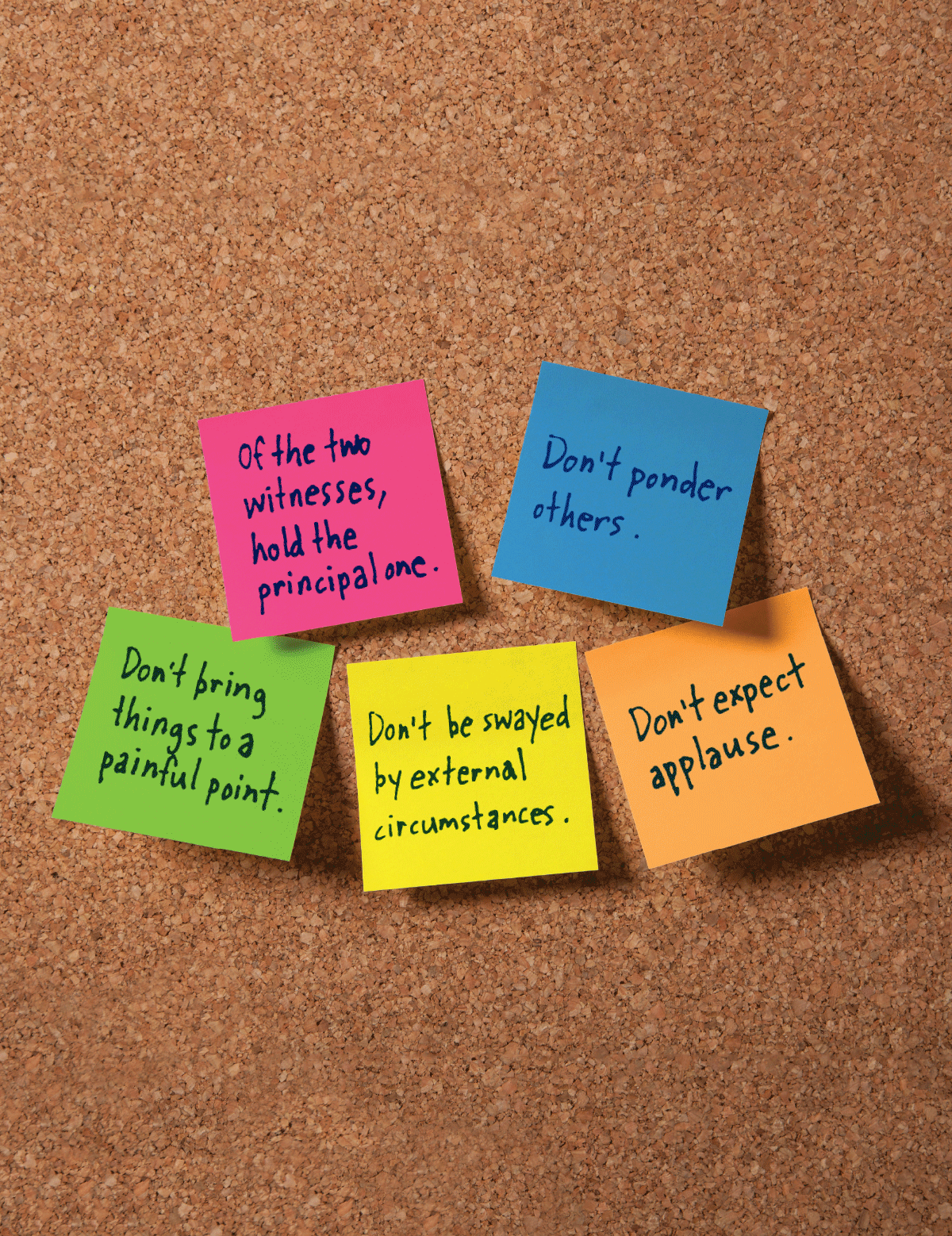We live in a culture dominated by capitalism. It shouldn’t come as any surprise, then, that virtually every new thing that comes along, whether it is meditation, iPhones, or Cronuts, eventually gets picked apart in terms of how it might affect the bottom line.
The latest entry in this discussion comes from columnist (and meditator) Oliver Burkeman (Meditation sweeps corporate America, but it’s for their health. Not yours, April 7). Burkeman doesn’t quibble with the possible benefits of a regular meditation practice, but he doesn’t think that we should enter into meditation through the gateways of productivity, profits, and worker compliance.
For more on this topic, check out my post from last month: Meditation Training: The Bottom Line?, March 13. Or, just come sit with us this Thursday and see how much work you get done. 😉


